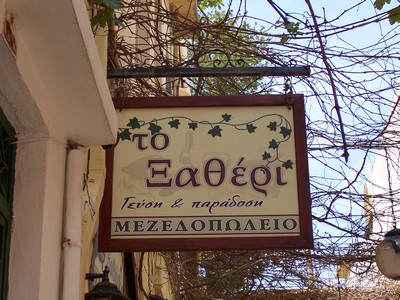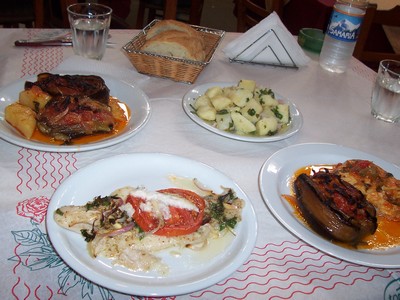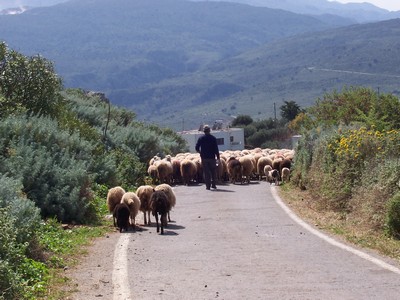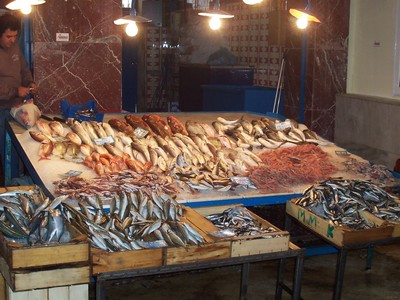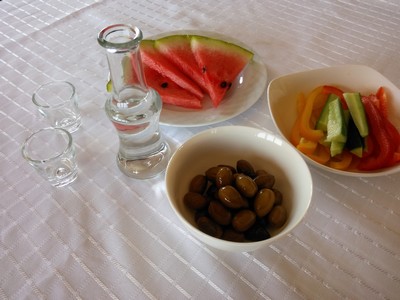Crazy about the Greek island of Crete!
Cretan Diet Store Cupboard
Table of Contents
Cretan Diet Store Cupboard
- Your Store Cupboard Ingredients
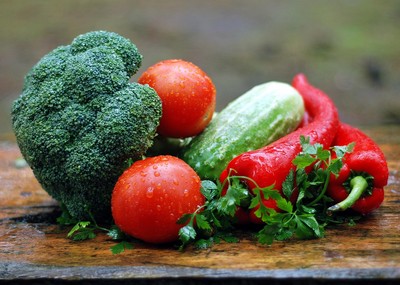
With this simple Cretan diet store cupboard list of healthy food and simple ingredients in your fridge and pantry, you will be able to build up a store of Cretan food to make the healthy, nutritious and tasty meals that the Cretans enjoy on the Cretan Diet.
The Cretan diet is probably the original Mediterranean diet as it contains the healthiest of foods that promote good health, longevity and is deliciously tasty.
The Greek Island of Crete is renowned for its healthy Cretan food and many of the foodstuffs available in Crete that make up the Cretan Diet are listed below.
All this healthy food is certainly widely available in most local supermarkets, farmers markets or farm shops – you don’t need to live on Crete. Try to get the best healthy food in the form of organic versions where possible because their flavour is much better.
Always make sure you have these Cretan Diet ingredients to hand:
Liquid Gold: Why Cretans Swear by Olive Oil
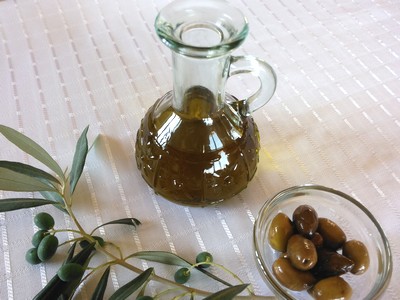
Description & Uses:
Olive oil is the heart of Cretan cuisine and an essential Cretan Diet Store Cupboard
ingredient. Used in nearly every dish from salads to stews. It's rich
in monounsaturated fats and antioxidants, promoting heart health and
reducing inflammation.
Olive oil isn’t just a kitchen staple—it’s practically a religion in
Crete!
Traditional Recipes:
- Dakos: Barley rusks topped with tomatoes, feta, and a drizzle of olive oil.
- Horta Vrasta: Boiled wild greens served with olive oil and lemon juice.
Storage Tips:
Store in a cool, dark place in a tightly sealed bottle to prevent oxidation.
Substitutions:
Extra virgin olive oil is best, but in a pinch, high-quality avocado oil or cold-pressed sunflower oil can be used.
Onions: The Mighty Little Tearjerkers of Greek Cooking
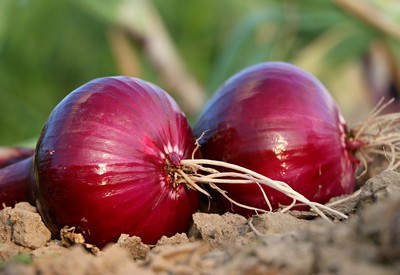
Description & Uses:
Another Cretan diet store cupboard ingredient. They might make you cry, but onions add depth and flavor to everything
from stews to salads. Plus, they’re packed with health-boosting
benefits! They contain antioxidants and compounds that support immune
function.
Traditional Recipes:
- Stifado: A slow-cooked beef or rabbit stew with onions and spices.
- Lentil Soup (Fakes): A simple soup with lentils, onions, and olive oil.
Storage Tips:
Keep in a cool, dry, and well-ventilated area, away from potatoes.
Substitutions:
Shallots or leeks can replace onions in most dishes.
Sun-Kissed Tomatoes: The Juicy Red Gems of Crete
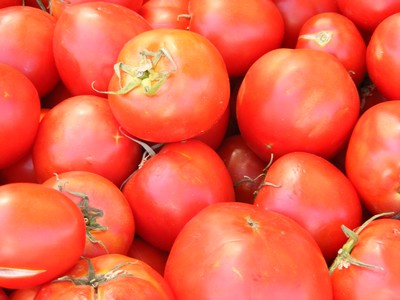
Description & Uses:
A staple in sauces, stews, and salads, tomatoes provide vitamin C, potassium, and lycopene, a powerful antioxidant.
Traditional Recipes:
- Greek Salad: Fresh tomatoes, cucumbers, onions, and feta.
- Gemista: Stuffed tomatoes with rice, herbs, and olive oil.
Storage Tips:
Store at room temperature until ripe, then refrigerate for a few days.
Substitutions:
Canned tomatoes or sun-dried tomatoes work when fresh ones aren’t available.
Olives: More Than Just a Martini Garnish
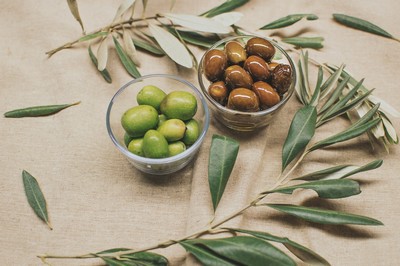
Description & Uses:
Cretans take their olives seriously—whether they’re green, black, or
somewhere in between. Olives are eaten as snacks, added to salads, and
blended into tapenade. They contain heart-healthy fats and polyphenols.
Traditional Recipes:
- Kalamata Olive Tapenade: A spread made with olives, olive oil, and garlic.
- Ladera: Vegetable-based dishes cooked in olive oil and often garnished with olives.
Storage Tips:
Store in brine or olive oil in the refrigerator.
Substitutions:
Capers or pickled artichokes can offer a similar briny flavor.
Greek Yoghurt: Thick, Creamy, and Oh-So-Dreamy
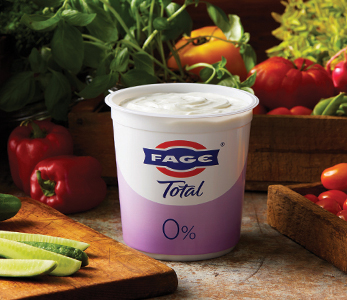
Description & Uses:
Once you’ve had real Greek yoghurt, there’s no going back. It’s smooth, rich, and perfect for everything from breakfast to dips.
Rich in probiotics, yogurt is used in dips, desserts, and dressings.
Traditional Recipes:
- Tzatziki: Yogurt with cucumber, garlic, and dill.
- Yoghurt with Honey & Walnuts: A simple, classic dessert.
Storage Tips:
Keep refrigerated and use within a week of opening.
Substitutions:
Greek yoghurt can be replaced with labneh or skyr.
Nature’s Sweet Gold: Why Cretan Honey is the Best
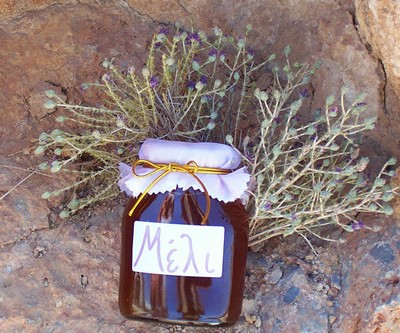
Description & Uses:
Absolutely a Cretan diet store cupboard essential ingredients! A natural sweetener with antibacterial properties, Cretan thyme honey is prized for its depth of flavor.
Cretan thyme honey is pure magic. Drizzle it over yoghurt, stir it into tea, or eat it straight from the jar—we won’t judge!
Traditional Recipes:
- Loukoumades: Greek honey-soaked doughnuts.
- Melomakarona: Honey-soaked Christmas cookies.
Storage Tips:
Store in an airtight container at room temperature.
Substitutions:
Maple syrup or date syrup can be used in place of honey.
Farm-Fresh Eggs: Small but Mighty in Greek Cooking

Description & Uses:
A protein-rich staple
used in omelets, baked goods, and stews.
From fluffy omelets to rich pastries, eggs are a must-have in any Cretan
kitchen. Plus, nothing beats the taste of fresh, free-range eggs.
Traditional Recipes:
- Strapatsada: Scrambled eggs with tomatoes and feta.
- Avgolemono Soup: A lemony chicken and egg soup.
Storage Tips:
Refrigerate and consume within three weeks.
Substitutions:
Flax eggs (1 tbsp flaxseed + 3 tbsp water) work in baking.
Cretan Wine: Because Every Meal Deserves a Toast
Description & Uses:
Used in cooking for depth of flavor and antioxidants.
Forget fancy French wines—Cretan varieties are rustic, rich, and absolutely delicious. A sip of local wine is like drinking history. It might not be such an essential
Cretan diet store ingredient, but we recommend you have it handy unless you are a teetottaler.
Traditional Recipes:
- Kokkinisto: Meat stewed in red wine.
- Soutzoukakia: Greek meatballs in a red wine sauce.
Storage Tips:
Store in a cool, dark place and use opened bottles within a week.
Substitutions:
Grape juice or balsamic vinegar can be used in recipes.
Garlic: The Bold and Beautiful Star of Greek Cuisine
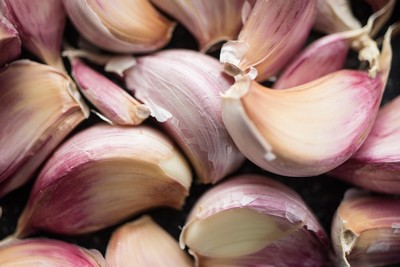
Description & Uses:
It keeps vampires away, but more importantly, it makes every dish taste
amazing, and is absolutely an essential Cretan diet store cupboard
ingredient. No Greek kitchen is complete without it!
A powerful antioxidant, garlic enhances flavor in stews, dressings, and
sauces.
Traditional Recipes:
- Skordalia: A garlic-based potato dip.
- Lahanodolmades: Cabbage rolls with garlic-infused sauce.
Storage Tips:
Keep in a cool, dry place away from moisture.
Substitutions:
Garlic powder or shallots.
Chickpeas: The Humble Pulse That Powers Crete
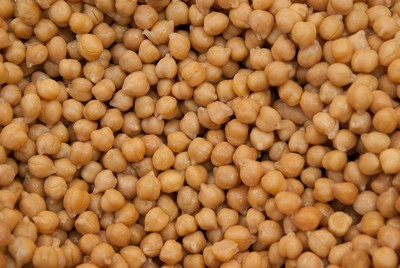
Description & Uses:
These little legumes are packed with protein and fiber, making them the star of many traditional Cretan dishes.
A great source of plant protein, used in salads, stews, and dips.
Traditional Recipes:
- Revithada: Slow-cooked chickpea stew.
- Hummus: Blended chickpeas with tahini and lemon.
Storage Tips:
Store dried chickpeas in an airtight container; soak before cooking.
Substitutions:
White beans or lentils.
Beans, Beans, the Magical Fruit of Crete
Description & Uses:
High in protein, high in fiber, and loaded with flavor, dried beans are the backbone of hearty Greek soups and stews.
Traditional Recipes:
- Fasolada: Greek bean soup.
- Gigantes Plaki: Baked giant beans in tomato sauce.
Storage Tips:
Keep in an airtight container and soak before use.
Substitutions:
Lentils or canned beans.
Vinegar: A Splash of Tangy Goodness in Every Bite
Description & Uses:
From dressings to marinades, vinegar brings just the right amount of zing to Cretan dishes.
Traditional Recipes:
- Marinated Anchovies: Fish in vinegar and olive oil.
- Ladolemono Dressing: Olive oil and vinegar dressing.
Storage Tips:
Store in a cool, dark place.
Substitutions:
Lemon juice or apple cider vinegar.
Lemons: Adding Sunshine and Zest to Greek Cooking
Description & Uses:
When in doubt, add lemon! It’s the go-to ingredient for brightening up everything from fish to salads.
Adds acidity to dishes and is rich in vitamin C.
Traditional Recipes:
- Ladolemono Sauce: Lemon juice mixed with olive oil.
- Avgolemono Soup: Egg-lemon soup.
Storage Tips:
Refrigerate fresh lemons; bottled juice should be sealed.
Substitutions:
Vinegar or lime juice.
Bay Leaves: The Secret Weapon of Greek Stews
Description & Uses:
One little leaf can transform an entire dish. Slow-cooked meat and bean dishes just wouldn’t be the same without them.
Traditional Recipes:
- Stifado: Slow-cooked meat stew.
- Fasolada: Traditional bean soup.
Storage Tips:
Store dried leaves in an airtight container.
Substitutions:
Thyme or oregano.
Cinnamon: The Spice That’s Not Just for Desserts
Description & Uses:
Cretan cuisine uses cinnamon in everything from stews to pastries, proving it’s a must-have in your spice rack.
Traditional Recipes:
- Moussaka: Layered eggplant and meat with cinnamon-spiced sauce.
- Rizogalo: Greek rice pudding.
Storage Tips:
Store in an airtight container in a cool, dry place.
Substitutions:
Ground cinnamon.
Cumin: The Earthy, Spicy Twist to Greek Flavors
Description & Uses:
Warm, slightly peppery, and totally essential in Greek meatballs and stews. If you don’t have cumin, get some—fast!
Traditional Recipes:
- Soutzoukakia: Meatballs in cumin-spiced tomato sauce.
- Lentil Soup: A warming, cumin-infused dish.
Storage Tips:
Keep in a sealed container away from heat.
Substitutions:
Coriander or caraway seeds.
Explore Our Simple and Healthy Cretan Diet Recipes!
When you follow our Cretan Diet recipes, you’ll just need to add one or a few fresh ingredients and soon you’ll be eating like a person from the Greek Island of Crete - and looking forward to a long and healthy life!
(Don’t forget to drive carefully and give up smoking too though!)
The Cretan Diet Store Cupboard is all about keeping your kitchen stocked with the essential ingredients that make Cretan cooking so healthy and delicious. From golden olive oil and fragrant herbs to hearty pulses and sun-ripened tomatoes, these staples form the backbone of the Mediterranean’s most celebrated diet.
The best part? Most of them are easy to find in your local supermarket or farmer’s market—just go for the freshest, most natural versions you can! With a well-stocked pantry, whipping up authentic, wholesome Cretan meals becomes second nature. Simple, flavorful, and bursting with goodness—that’s the Cretan way!
Want to discover even more of what Crete has to offer?
Explore hidden gems, must-visit spots, and insider tips below!
Just Some of the Reasons We Love Crete
Did you love this page? Please share it with your friends!
© Copyright All Original Content 2006 - 2025 Completely-Crete.com. All
Rights Reserved. Reproduction in whole or in part without permission is
not permitted.
Click here to learn about developing your own money-generating website
from Solo Build It! - even with little or no web experience!
